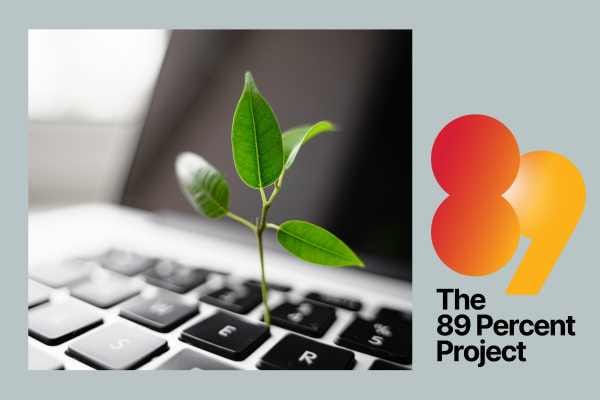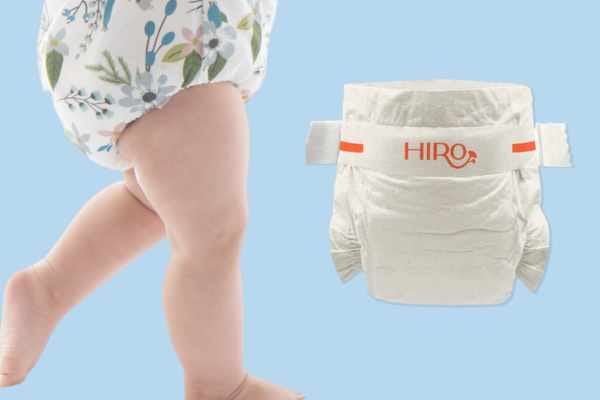Water-free dyes shrink fashion's footprint
A more sustainable fabric dye that cuts water pollution and emissions is turning heads.

New colouring technology for the textile sector has drawn the attention of Australian investors keen to fund sustainability within the fashion industry.
Australian company Xefco has created and patented a textile colouring and finishing solution called Ausora that offers manufacturers a way of dyeing and finishing both natural and synthetic textiles without water.
Dyeing and finishing the world's fabrics is estimated to account for around three per cent of global CO2 emissions – more than shipping and aviation combined – and for 20 per cent of global water pollution.
Using a shower plasma process, Ausora produces the same look, feel and performance properties without the environmental footprint, according to Xefco, with pilot projects now underway with large sportswear, outdoor and fashion brands.
According to Xefco CEO and founder Tom Hussey, Ausora was designed to plug and play into existing supply chains to help brands and manufacturers easily transition to a cleaner textile process.
“The existing wet processes used to put colour and other functional properties on fabrics have the biggest environmental footprint of the entire fashion supply chain,” Hussey said.
“These outdated, resource-intensive operations have not changed in centuries. It’s destroying our waterways and our planet. We’re determined to create a greener supply chain for the fashion industry.”
“Our technology has the potential to stop millions of tonnes of waste entering our waterways and CO2 from entering our planet.”
The tech has attracted heavy-hitting financial backers including Main Sequence which led to a recent A$10.5 million funding round, which Xefco says will be used to nearly double its headcount in 2024 and scale its manufacturing process.
Other backers were Breakthrough Victoria, Virescent Ventures, and existing shareholders Investible and Voyagers Climate-Tech Fund.
Xefco was founded in 2018 by Hussey and Brian Conolly. Their first product XReflex, which increases the thermal efficiency of insulated clothing, is already in use by brands like Zara and The North Face.
Dyeing and finishing, however, drive the biggest impacts in the textile supply chain, Hussey says.
“Compared to conventional wet dyeing and finishing, our process eliminates the use of water and cuts energy, chemical consumption and cost.
“Our technology has the potential to stop millions of tonnes of waste entering our waterways and CO2 from entering our planet.”
Main Sequence investment manager Jun Qu also noted that Ausora addressed an often-overlooked but critical element of the fashion supply chain.
“There’s no sustainable future without sustainable fashion and we see immense potential for Xefco to accelerate the decarbonisation of the global textile industry.”
Ausora uses a plasma coating process to produce durable and functional effects on fabrics and is completely water-free and produces no water discharge. Ausora's shower plasma process generates plasma at atmospheric pressure using electricity and argon gas. By delivering a minute amount of precursor chemistry to the plasma, Ausora systems can apply coatings with strong covalent bonds to a wide range of textiles including both natural and synthetic materials.





